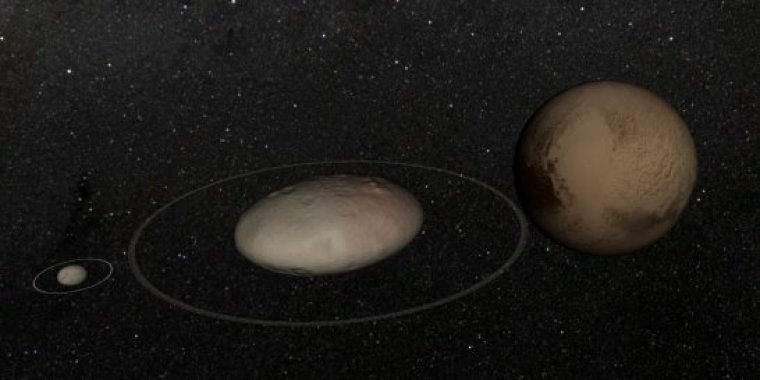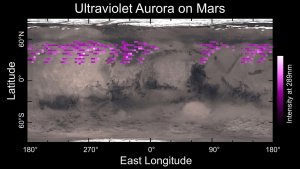| News / Space News |
Brazil astronomers discover ring around dwarf planet near Pluto
In partnership with an international team, a group of Brazilian astronomers discovered the existence of a ring around a dwarf planet near Pluto, similar to those of the giant Saturn. The ring revolves around Haumea, located in the so-called Kuiper Belt.

Brazilian astronomers discovered the existence of a ring around a dwarf planet near Pluto, similar to those of the giant Saturn. ![]()
Located beyond Neptune's orbit, the belt comprises icy objects and rocks—among them four dwarf planets: Pluto, Eris, Makemake, and Haumea. These bodies are difficult to study even with powerful telescopes, as they are small, shine very little, and are so far away from Earth.
The method used by the scientists consists of stellar occultation, which is when these objects move in front of a star, like a small eclipse. The method enabled scientists to ascertain Haumea's main characteristics, such as size, shape, density, as well as the existence of the ring.
The next steps will include continuing to observe this object, making models and simulations on this ring, seeing how this ring may or may not evolve, trying to understand what it's made of and also the influence of Haumea's rotation, which is high, on the formation of this ring.
This is the first time a ring is discovered around a trans-Neptunian object, which may indicate that the presence of rings may be more common than usually thought, both in our Solar System and in other planet systems.
Because of its remoteness, Haumea takes 284 years to rotate around the Sun, in an elliptical orbit. For this reason, and also on account of the speed of its rotation—Haumea rotates around its axis in 3.9 hours—way quicker than any other body in the Solar System with more than a hundred kilometers wide, the dwarf planet is flattened out and has a shape similar to that of a rugby ball.
Haumea measures 2,320 km on its longest side, which is nearly as long as Pluto. However, unlike Pluto, it does not have a global atmosphere. (Agência Brasil)
YOU MAY ALSO LIKE





